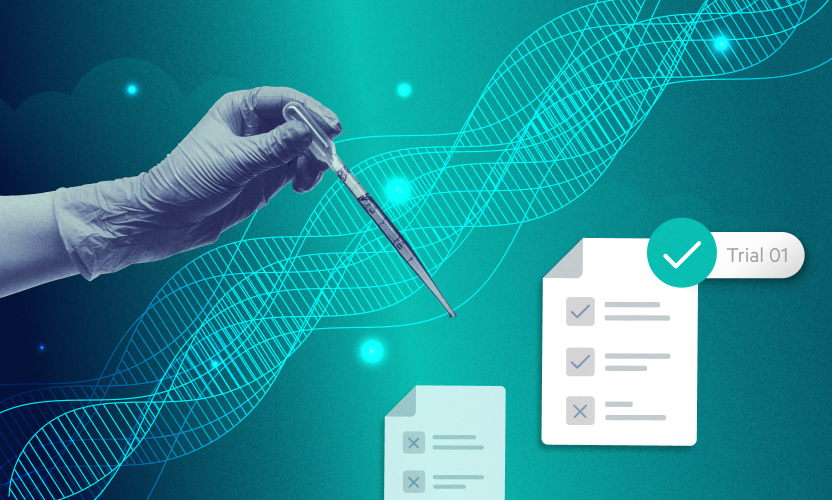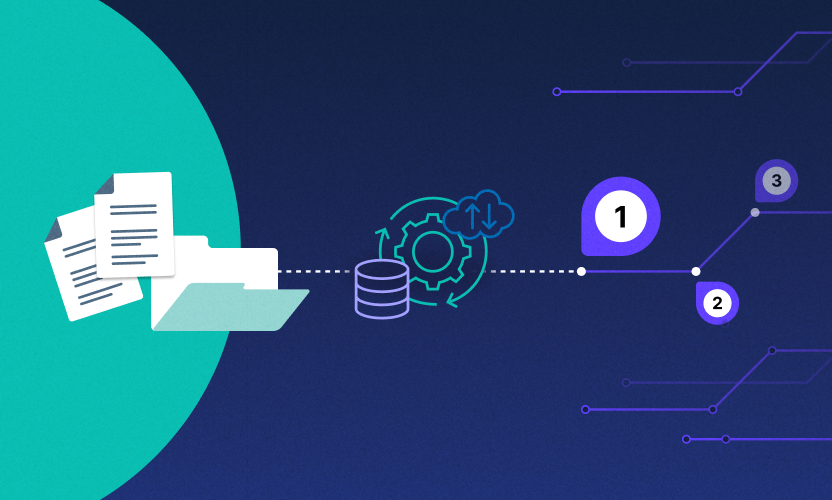
Top Considerations for Building a Lab-to-Cloud Workflow
Since March 2020, cloud adoption has accelerated at an unprecedented rate and across every industry. With the pandemic ushering in the work-from-home era, the ability of organizations to collaborate remotely has become paramount, placing a higher-than-ever premium on cloud technology.
This shift to the cloud has taken different forms for different industries. For life science organizations, one example is the enormous volumes of clinical data generated in lab settings that need to be shared globally to cloud-based repositories, and made accessible to myriad remote stakeholders. Any organization hoping to extract immediate value from this data is tasked with building a lab-to-cloud data workflow that is scalable, has integrity, and allows for granular control and oversight of valuable clinical data.
Here are some critical considerations for organizations building lab-to-cloud workflows.
Have You Established the Scope of Your Data Validation?
Clinical research today involves mountains of data from a wide variety of sources. Much of that data must be validated when uploaded to the cloud. But some of it does not – and it’s up to each organization to determine what data to include in their validation efforts.
On the one hand, if an organization fails to validate enough of its data, they risk compliance violations and compromised data integrity. On the other hand, validating data that doesn’t need it constitutes a highly inefficient use of resources, which can slow progress and extend trial timelines.
How will you set parameters around what data does and doesn’t need validation? How will your lab-to-cloud workflow provide visibility to separate the two categories easily? These are critical questions for organizations to answer as they move from paper-based or on-premise electronic data management to the cloud.
Are All of Your Teams on the Same Page?
Building an effective lab-to-cloud workflow is a multi-team process. But distrust among teams at life science organizations is a pervasive issue that can seriously undermine progress toward smooth adoption.
As just one example: Many life science organizations have seen tensions build between their IT and QA teams when creating their lab-to-cloud workflows. IT accuses QA of not fully appreciating cloud technology's complexities; QA responds by accusing IT of failing to grasp the breadth and nuance of compliance considerations. This tension produces negative downstream outcomes for the entire organization, from regulatory risks, extended trial timelines, and poor data integrity.
Before making concrete decisions about how to approach cloud adoption – what vendors to partner with, what workflows to implement – ask yourself: Are my IT and QA teams on the same page and working toward a common goal? If not, what do I need to do to change that?
Are You On Top of Data Control Issues?
Central to data integrity in the cloud computing era are two fundamental questions:
- Who can access and control the content you’re storing in the cloud?
- Where are you storing your data, and how does that change based on factors such as its type or access permissions?
These issues are often overlooked but will only become more pressing as cloud adoption progresses across the life sciences. To address them, organizations must ensure that their lab-to-cloud workflows include concrete standards around data access permissions and storage practices. At stake is their ability to uphold data integrity and compliance when collaborating remotely.
Building Your Lab-to-Cloud Workflow
This article has posed several questions organizations must consider when building their lab-to-cloud workflows. Nathan McBride, former Vice President of IT at Affinivax, holds many of the keys to answering those questions.
During Egnyte’s recent Life Sciences Summit, Nathan shared a scalable, detailed, multi-level model for establishing data validation protocols, zeroing in on data that needs validation, and ensuring data integrity – all while strengthening data security – as you shift critical data workflows to the cloud.
Watch the recorded session for an up-close look at Nathan’s powerful model – and for concrete, actionable guidance on how you can build your lab-to-cloud workflow.




